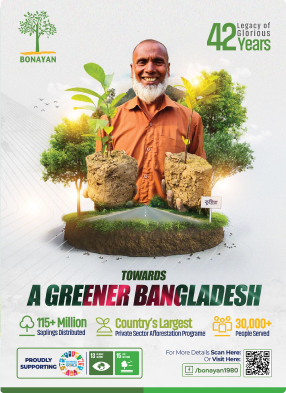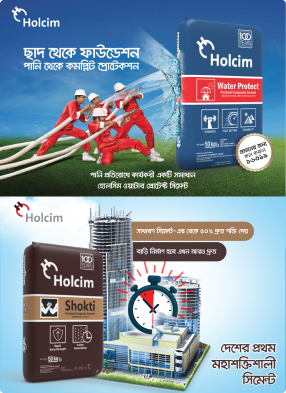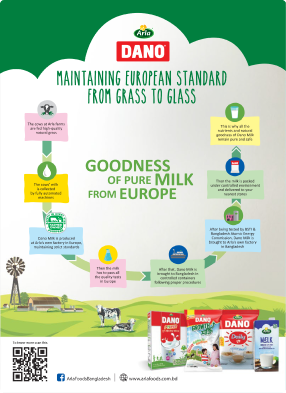- info@ficci.org.bd
- |
- +880248814801, +880248814802
- Contact Us
- |
- Become a Member
- |
- |
- |
- |
- |

The Bangladesh cement industry has experienced remarkable growth during the past decade, emerging as an import- ant industrial sector of the economy. Aggregate cement demand has grown from 20 MTPA in 2014 to 38 MTPA in 2024, an annual growth rate of 6.74%. Growth has been driven by rising incomes, urbanization, industrialization and huge investments in infrastructure projects. With Bangladesh having an estimated GDP size of USD 420 billion, a population of 170 million and an urbanization rate of only 32%, there is huge potential for the cement industry to grow further in the future.
The impressive expansion of the cement industry has, however, also brought about a number of acute challenges, which now require urgent attention. If the Bangladesh cement industry is to continue on a sustainable growth trajectory, these challenges must be effectively addressed by industry stakeholders and the interim government.
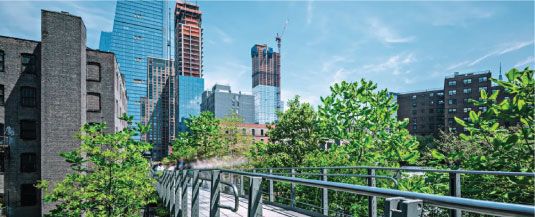
The most significant challenge currently facing the industry is unhealthy competition resulting from massive oversupply. According to the Bangladesh Cement Manufacturers' Association (BCMA), there were 41 cement plants in operation at the end of 2023, having a combined capacity of 78 MTPA, compared to annual demand of 38 MTPA, resulting in capacity utilization of only 49%. The mismatch between demand and capacity is leading to unhealthy price competition, which puts undue pressure on margins and encourages unethical practices in the industry.
This situation has arisen due to market players undertaking unsustainable expansion projects without adequate market research or a comprehensive strategy to ensure profitability. Such unsustainable investment decisions not only cause market disruption, but also negatively impact the financial sector, as the loans taken out for these expansion projects could have been better utilized in other sectors.
Unhealthy competition also encourages unethical practices in the industry, such as tax evasion. Under pressure to cut costs, market players sometimes resort to false declarations regarding prices and volumes to understate profit, depriving the government of much-needed revenue. To survive in the market, some market players have even resorted to compromising the quality of their product to cut costs. This is a serious issue, since sub-standard concrete may cause a building to collapse, leading to loss of life.
After the interim government assumed power, it was revealed that several infrastructure projects initiated by the previous government may not have been financially viable. Concerns have also been raised regarding inflated costs and the integrity of the bidding process. Undertaking projects in such a manner not only placed a heavy burden on taxpayers, but also encouraged unethical practices, which placed honest contractors and cement manufacturers at a disadvantage.
The interim government now has a unique opportunity to address these challenges and usher in a new era of sustain- ability in the cement industry.
The most important reform that should be undertaken is effective governance and regulation of the cement market. The government should ensure that all market players strictly adhere to quality standards through enhanced market vigilance to eliminate substandard products from the market. Awareness campaigns should be run to educate custom- ers regarding the importance of quality construction materials.
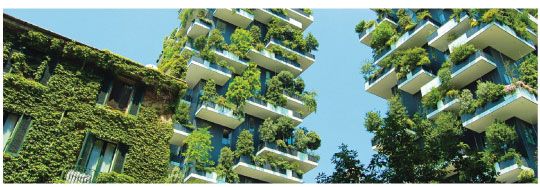
 The government should enforce full tax compliance by all market players, which may be supported through digitization and enhanced data sharing. A pertinent step for the authorities can be to compare the market share of each cement manufacturer with its share of government revenue collected from the cement sector, ensuring that the government collects its due share from the industry. Meanwhile, public procurement and project management policies must be reformed to ensure integrity and transparency of future government projects.
The government should enforce full tax compliance by all market players, which may be supported through digitization and enhanced data sharing. A pertinent step for the authorities can be to compare the market share of each cement manufacturer with its share of government revenue collected from the cement sector, ensuring that the government collects its due share from the industry. Meanwhile, public procurement and project management policies must be reformed to ensure integrity and transparency of future government projects.
Looking at the future, the government should also foster innovation by promoting modern and environmentally-friendly construction materials, such as lightweight concrete blocks in place of traditional clay bricks. Modern low-CO2 cement should also be promoted as part of the government's commitment to reducing emissions. The government may also consider incentivizing the use of advanced production technologies to save energy and maintain higher quality.

The Bangladesh cement industry has come a long way, but is currently facing a number of challenges, mainly due to unsustainable capacity expansion. By addressing these challenges in a coordinated manner, the government and industry players will be able to secure the sustainable growth of this essential sector.

